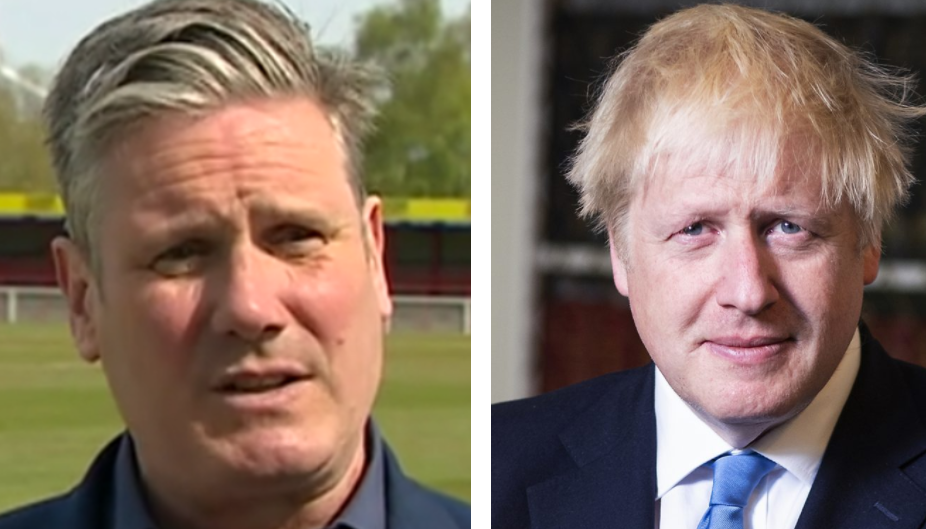Betting on another CON majority – Part 1
One of the interesting bets currently available is on the likelihood of a Conservative overall majority at the next election. The markets were pricing this at 36% on 19 November, down from evens in July. The general consensus is that an election is highly unlikely for eighteen months at least. Long-term readers of this site may recall me arguing that you can’t predict the result of an election from mid-term opinion polls or leader ratings. Nevertheless, the decline in the perceived likelihood of a Conservative majority is clearly related to the decline in the Conservative poll lead, from double digits over the summer, to around zero today.
Of course, as Dornbusch showed in his Nobel Prize-winning model in the 1970s, markets often overreact to short-term news (he was writing about foreign exchanges, but the model can be adapted to other markets without much difficulty). If the market is panicking over a few irrelevant midterm polls, it could be time to bet on a majority in a couple of years’ time, as the bet will be cheap. (Of course you can also lose money this way, as you would have if you had bet on a Conservative recovery in 1993).
But that will only work if you have some alternative idea of how likely a Conservative majority is. Given that mid-term polls and leader ratings are of no value whatsoever, despite the often obsessive focus on them, our only guides can be what has happened in past elections, and analysis of the medium-term strengths and weakness of the parties. The latter is heavily covered elsewhere. But, what does their performance in past general elections indicate to us about the prospects of a Conservative majority next time?
As I argued here, there is no evidence that the 2019 result will be a good predictor of the 2023/4 outcome – those that argue that a large majority of seats make it significantly more likely that the Conservatives will win a majority next time are simply wrong. But that does not mean that past performance is meaningless. All of us know intuitively that it is incredibly unlikely that the Conservatives will win more than 450, or fewer than 150, seats. So if we were to use their past performance to guess where they might end up, ignoring ‘issues’, ‘events’, or anything like that, what might we see?
Data
I have collected their performance in general elections over the last century. To win an overall majority, and hence our bet, they have to get more than 50% of the total number of seats.
| Con seats | Total seats | Con seats % of total | |
| 1922 | 344 | 615 | 55.9% |
| 1923 | 258 | 615 | 42.0% |
| 1924 | 412 | 615 | 67.0% |
| 1929 | 260 | 615 | 42.3% |
| 1931 | 518 | 615 | 84.2% |
| 1935 | 387 | 615 | 62.9% |
| 1945 | 197 | 640 | 30.8% |
| 1951 | 321 | 625 | 51.4% |
| 1955 | 345 | 630 | 54.8% |
| 1959 | 365 | 630 | 57.9% |
| 1964 | 304 | 630 | 48.3% |
| 1966 | 253 | 630 | 40.2% |
| 1970 | 330 | 630 | 52.4% |
| 1974 | 297 | 635 | 46.8% |
| 1974 | 277 | 635 | 43.6% |
| 1979 | 339 | 635 | 53.4% |
| 1983 | 397 | 650 | 61.1% |
| 1987 | 376 | 650 | 57.8% |
| 1992 | 336 | 651 | 51.6% |
| 1997 | 165 | 659 | 25.0% |
| 2001 | 166 | 659 | 25.2% |
| 2005 | 198 | 646 | 30.7% |
| 2010 | 306 | 650 | 47.1% |
| 2015 | 330 | 650 | 50.8% |
| 2017 | 317 | 650 | 48.8% |
| 2019 | 365 | 650 | 56.2% |
NB Conservative majorities highlighted in bold.
Analysis
The Conservatives have won an overall majority in fourteen out of the last twenty-six elections, and six out of the last eleven. On this extremely crude measure, therefore, the chance of a Conservative majority is slightly better than evens. However, this may give an unduly favourable idea of their chances. A crude average of their performance over the past century shows that their average share of seats is 49.5%, but this has declined from 54% in the first eleven elections to 46% in the latest eleven elections, because:
- around half this decline is caused by Scotland, where they used regularly to win half the seats, but are now reduced to a rump;
- the political genius of Tony Blair, whose shattering victories in 1997, 2001 and 2005 devastated the Conservative share of seats, which is reflected in the recent average; and
- the huge Conservative victories of the 1930s affect the earlier average in the opposite direction.
The second part of this thread will present a simple statistical model to estimate a range for Conservative seat numbers.
